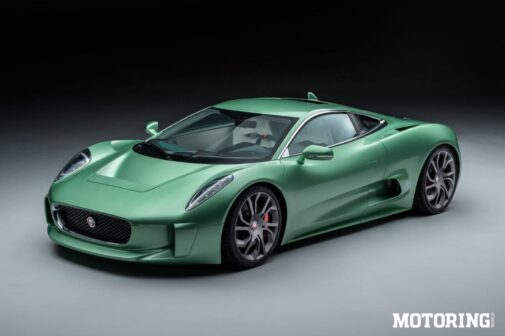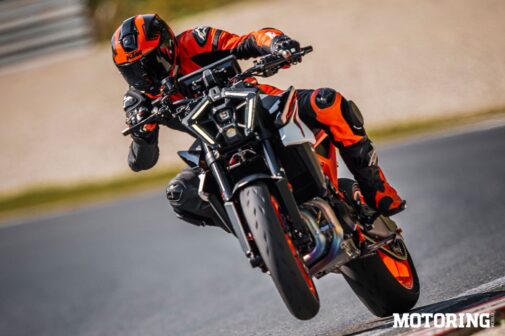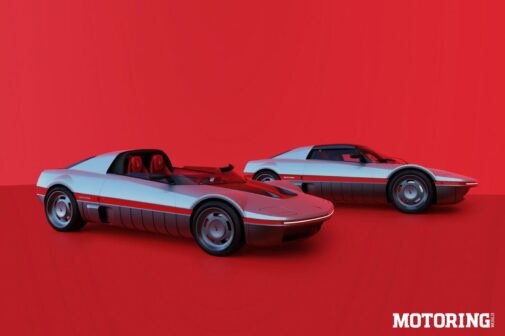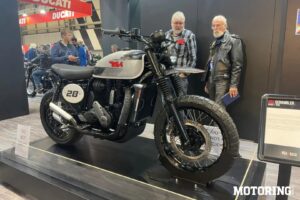Ever heard of the phrase ‘familiarity breeds contempt?’ It’s self-explanatory, but I’ll explain anyway – it means that if you know something (or someone) extremely well, you’re likely to become bored with it, and begin to treat it without respect. What does this have to do with the all-new Swift, you ask? Well, I’m old enough to have driven and tested every generation (and variant) that Maruti Suzuki has launched in India, so it can be safely said that I know my Swifts rather well, which puts me in a position of possible over-familiarity. Would this colour my perception of the new model, I wondered? There was only one way to find out.
Maruti sold 2,03,500 units of the Swift in 2023, making it the largest-selling car in the country (beating Maruti’s own Wagon R by a few thousand units); so much for SUVs being the flavour of the season, then. Just over two lakh people opting for a car that’s been around for close to two decades means that MSIL is doing something right – and one of those things is that it isn’t messing around too much with a winning formula. Take the Swift’s design, to begin with; the OG is still a funky looking thing, and successive generations of the car have been tweaked, rather than completely reinvented. This is not to say that they’ve been nipped-and-tucked, however; each update has become a little fleshier, as tends to happen with small cars, and the new car is no exception.

It’s 15mm longer, 30mm taller and 40mm narrower, for starters, although its wheelbase remains unchanged at 2,450mm. Its nose is instantly recognisable as a Swift’s, but there are a few new elements on it – a fresh, honeycomb-pattern grille, longer LED headlamps with an L-shaped lighting pattern, new fog lamps and a new front bumper. The bikini-cut shut line of the bonnet is also more prominent (indeed, from some angles it looks as if the bonnet is open). The car’s profile remains relatively unchanged, save for a few sharper creases and the shifting of the rear door handles back to the doors themselves, rather than them being on the C-pillar; the 15-inch alloys wheels look pretty nifty.

The rear has a new bumper and new LED tail lamps that mirror the L-shaped lighting cluster up front; they also pull off the trick of making the rear look wider, despite the car actually being narrower than the previous model. The design update leans towards evolution rather than revolution, all told, and it successfully injects a dose of flair into the familiar Swift persona; the car definitely looks better in the flesh than in photos.

The predominantly all-black interior layout remains largely familiar, too, with a few key updates. Clearly the effort has been to make the cabin look and feel more premium, since the cabin game has moved a few notches up in the industry. The seats are comfortable, but they could have used a little more stiffness, if you ask me; they’re a bit on the springy side. In the driver’s seat, you’ll find all the essential controls falling easily to hand, and an excellent view out onto the road. The steering wheel is adequately chunky and comes with various controls built in, and it feels substantial in the hands.

You’ll notice a new dashboard design, with classy diamond-pattern details near the A/C vents (and on the doors) and a ‘floating’ 9-inch infotainment touchscreen, instead of an embedded unit; I’m not really a fan of floating screens, since they break the flow of the dashboard’s lines, but the unit works as intended and has wireless Android Auto/Apple Carplay, Suzuki Connect and an Arkamys audio system; fully loaded variants also have a rear camera and wireless smartphone charging.
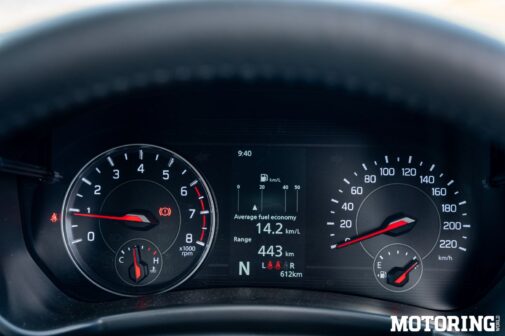
The instruments are refreshingly analogue, with a small digital screen between the dials that displays different bits of information (fuel economy, turn-by-turn navigation and so forth); the temperature and fuel gauges are also analogue, and are integrated into the tachometer and speedometer respectively. Kudos to MSIL for retaining proper switches and buttons for the A/C controls, rather than the infuriating touch controls that are all the rage these days. Storage room is at a bit of a premium, and there are USB ports (A and C) for your charging needs.
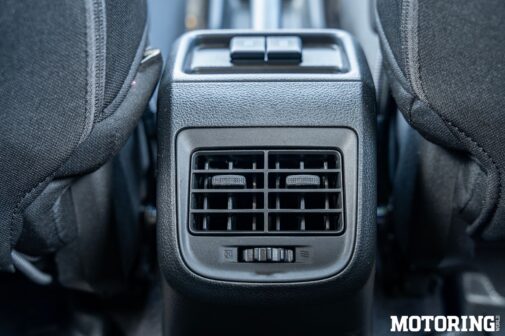
At the rear, there’s a decent (but not impressive) amount of legroom for passengers, aided by scoops in the front seat-backs; three adults will be fine for short-ish distances, but four is the optimum number of people in this car; rear A/C vents are at hand, too. The use of silver/chrome accents on various bits of the interior breaks the monotony of the black colour scheme, and thankfully there’s minimal use of the godawful piano-black material that you find in many cars these days. With 265 litres of boot space, a family of three can carry along enough luggage for a road trip, and in terms of safety features, every variant comes with six airbags, ISOFIX anchors, rear parking sensors, ABS with EBD, hill start assist and ESC as standard – another excellent move (all that remains is for the car to get a good score at the B-NCAP test). All told, there’s little room for complaint with this cabin.
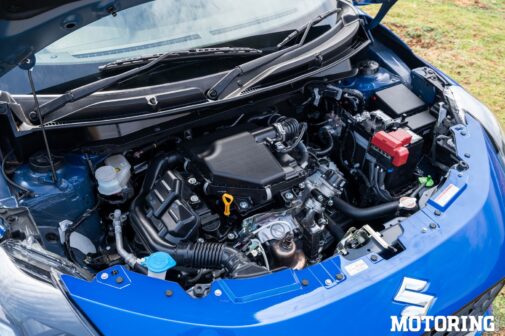
One possible cause for complaint is the fact that the all-new, 1.2-litre, 3-cylinder NA petrol engine is missing a cylinder compared to the previous car’s 4-pot engine – and that it’s down on power and torque to the tune of roughly 8 bhp and a very small amount of kgm; 81 bhp and 11.4 kgm are what it puts out, in the overarching quest for more kilometres to the litre. I was certainly a little sceptical as I pressed the starter button in the AMT-equipped model I had been assigned at the media drive; the 3-pot fired up and settled into a chirpy idle, and I slotted the selector into D and headed out of the hotel.
Full confession: I have never been a fan of AMTs, regardless of their perceived benefits, and despite the fact that they’ve come a long way in terms of sharpness, that dreaded ‘droop’ still exists as they go through the gears, and I find this rather annoying. In various traffic conditions, there’s a perceptible gap between gear shifts; this isn’t so much of an issue in city traffic, but out on the highway, when you need to quickly overtake a lumbering truck, a certain amount of advance planning is required. Similarly, if you’re moving at a quick clip through a series of corners, the gearbox’s slowness gets in the way of keeping the revs at the right level; this can be partially sorted by switching to manual mode, but overall, this is not the gearbox to opt for if you’re an enthusiastic driver.

The engine’s gruff note also becomes a bit intrusive with the AMT, since it hunts for the right gear quite a lot during spirited driving. On the plus side, there’s the undoubted convenience of not having to use your left hand and leg all the time; also, once the engine is up to speed, cruising at a steady 100 kph on the highway is a breeze. Finally, Maruti claims that you’ll get something like 26 kpl with the AMT, so even if you take that with a pinch of salt, your wallet will be happy. Oh, and it also claims that CO2 emissions from the engine are down by 12 per cent.
The 5-speed manual gearbox is by the far the one I preferred, in case it wasn’t obvious already. The unit remains as slick as ever and is a joy to use – it’s light and crisp, with short throws. With this gearbox, the Swift becomes a far more involving car to drive; it revs to its 6000 rpm redline enthusiastically, and the engine note now becomes something to enjoy, rather than a minor irritant (it’s quite refined at lower revs, mind you). The drop in the bhp number isn’t really something that sticks out, and I daresay a first-time Swift buyer will not feel like they’ve bought an underpowered car; indeed, I didn’t feel like the car was lacking in grunt either, and this is a result of Maruti’s engineers working on the new engine’s low-rev performance. I would have still preferred 90 bhp in this engine, of course, but whatever is available is more than enough for 95 per cent of the sort of use this car will see; also, Maruti claims that it accelerates quicker now, despite being heavier than the previous model, but I didn’t verify this. The claimed efficiency figure for the manual version is pretty impressive as well, at around 25 kpl, so it’s definitely the one to buy.
The new Swift comes with a re-worked suspension system, which understandably leans in the direction of softness and comfort. The ride quality in the front seats is well-damped, with little to no thuds and bumps coming through to your posterior; at the back, however, you’ll feel more of those, especially over really bad roads. On smooth surfaces, no passenger will be jostled around, and the car’s high speed stability is impressive as well; quick lane changes at three-digit speeds don’t throw its composure off. Seek out a series of corners and you’ll be pleasantly surprised at the Swift’s carving ability; it darts through bends relatively flat, with not much roll coming into play and just the right amount of understeer. The steering wheel now feels lighter, and goes back to its centre more quickly too; combined with the new, lighter hydraulic clutch and some decent brakes (front discs only), this makes the Swift a fun car to throw around – but that’s always been the case.
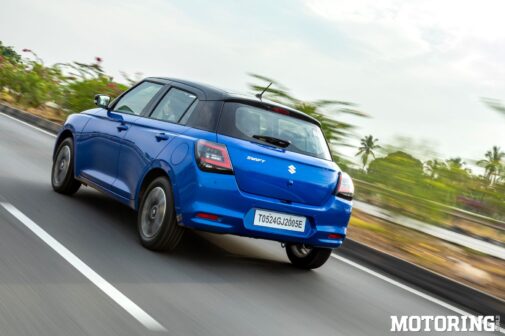
It’s clear that Maruti has tried to keep the essence of its winning potion intact, while throwing in an additional ingredient or two to alter the flavour profile a bit; I’m happy to report that the engine doesn’t feel anaemic, most importantly. With the addition of more features and better safety equipment, it’s also a much more rounded product than before and it’s worth the premium over the older model just for the standard safety features alone. Even if you put those aside, the new Swift effortlessly ticks so many boxes that it remains a no-brainer in the segment, and it should have no trouble selling in the numbers it’s gotten used to. As for me, I can now state that familiarity certainly hasn’t bred contempt.
AUTODATA
2024 Maruti Suzuki SwiftPOWERTRAIN
Displacement:
Max Power:
Max Torque:
Transmission:
1197cc, three-cyl, nat-asp
80.4 bhp @ 5700 rpm
11.4 kgm @ 4300 rpm
5-speed MT, AMT
TYRES
F/R: 165/80 R14, 185/65 R15 (higher variants)
DIMENSIONS
L/W/H (mm):
Wheelbase:
Ground Clearance:
Kerb Weight:
Fuel Capacity:
3860/1735/1520
2450 mm
163 mm
1355 kg
37 litres
PRICE
Rs 6.49 lakh to Rs 9.64 (ex-showroom, India)









